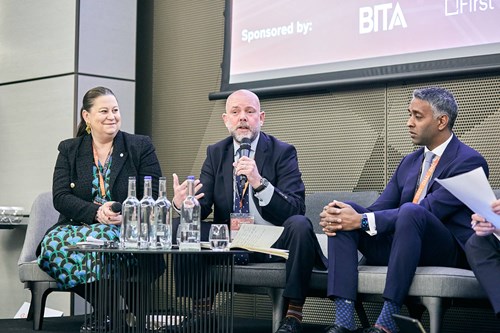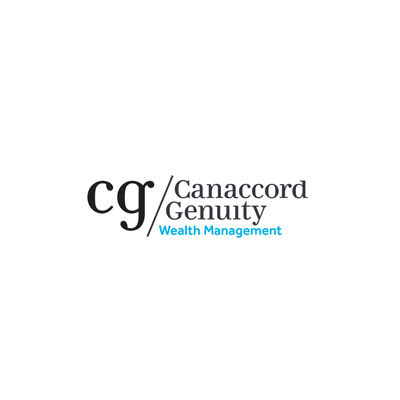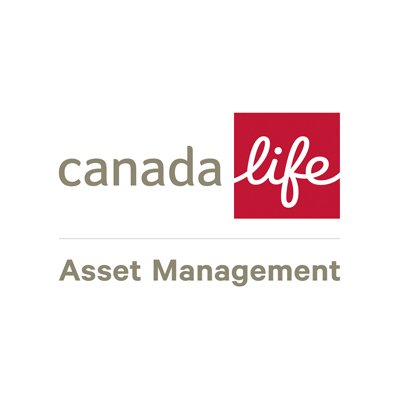ETF Stream’sBig Call: Thematic ETFs event saw experts examine key issues within the space including how to choose the right thematic strategy, how the best thematic indices are built and how to navigate an uncertain future for burgeoning megatrends.
These discussions were set against a backdrop of remarkable growth for the thematic ETF category, with more than a hundred such products launched within Europe between the end of 2019 and early 2022. At the same time, assets under management (AUM) within the product class more than quadrupled from $10bn to $41bn.
Water security
Opening proceedings was Thomas Schumann, founder of Thomas Schumann Capital, who highlighted the importance of sustainable water management and investment – as underlined by UN Sustainable Development Goal (SDG) six.
Schumann pointed to Carbon Disclosure Project (CDP) estimates which suggest the financial impact of global water risks could come to $301bn, with at least $55bn needed to mitigate these risks. He added the catch-all MSCI ACWI index allocates 40% of its weightings to water-stressed regions.
Concluding, Schumann said water thematic plays need to look beyond water utilities alone and begin pricing in water risk by overweighting constituents with lower water stress.

The recipe for building thematic indices
Next, BITA’s CEO Victor Gomez told attendees the 1400 thematic funds available globally mean “it is becoming increasingly difficult for investors to choose the right strategy.
“There is also a lot of overlap between products while others offer very different exposures,” he added. “From a research perspective, thematic indexing is probably one of the most difficult areas.”
Other challenges include maximising theme purity. Before that, however, index providers must draw up concrete definitions for each theme while reconciling themselves with the fact newer themes simply do not have established data sets – therefore an element of judgement is needed.
“The key is to build an index where if the theme moves, the companies in your index move,” Gomez argued. “We do not take a top-down approach to classification. We go bottom-up on companies with exposure and then validate companies with purity.”
Selecting the right megatrend
Jordan Sriharan, fund manager at Canada Life Asset Management, celebrated thematic ETFs for offering even retail investors access to specialist, breakthrough sectors.
“Thematic ETFs are not a fad, they are a natural evolution for investors looking for alpha but not wanting to pay active manager fees,” he continued.
Furthermore, Justin Oliver, deputy CIO at Canaccord Genuity Wealth Management, said the first step when choosing an investment theme is to consider timelines – and theme durability is far more relevant than short-term surges.
He also noted achieving one hundred percent theme purity within an ETF is unlikely, so investors have to make a “subjective judgement call” on how to balance a product’s theme purity, liquidity and diversification.
In a similar vein, Veronique Morel-Kane, senior wealth manager and branch principal at Raymond James, said: “We look at index methodology, at replication and the tracking error of an ETF. Also index production, the reputability of an issuer and the viability of a theme.”
Green energy transition
Discussing the most popular group of industries in the thematic ETF family, Morgane Delledonne, head of investment strategy for Europe at Global X, said the energy transition in Europe passed a significant milestone in 2020 as 38% of electricity was generated from renewable sources.
Already supported by regulatory tailwinds such as the EU taxonomy and Sustainable Finance Disclosure Regulation (SFDR), the alternative energy theme has been buoyed by Russia’s invasion of Ukraine causing an energy crisis to emerge. Since the first day of the invasion, 60% of European thematic inflows have gone into clean tech and renewables ETFs.
Delledonne told attendees: “It is a tipping point because it has shifted long-term strategies to tackle climate change to short-term needs for economic and security reasons.”
Around €260bn will go to climate change initiatives aligned with Paris Agreement but how this will be allocated by different countries will vary greatly across clean tech, electrification of transport and the debate around scaling nuclear capacity.
New economy real estate
Chris Gannatti, global head of research for WisdomTree, highlighted another theme gaining traction this year – the future real estate industry spanning logistics and eCommerce, data centres, towers and telecom.
Future real estate blends a thematic approach with a play on real assets. The result is a structural play which benefits from the perpetual need to build out digital economy infrastructure to service growing capacity needs and demand for increasingly efficient networks.
This is being seen in the rollout of 5G networks in cell tower operators and cloud computing capacity among data centres.
Crucially, WisdomTree’s approach is to use an index provided by infrastructure-focused asset manager, Centersquare, which incorporates valuation metrics – an often-overlooked consideration in future themes.
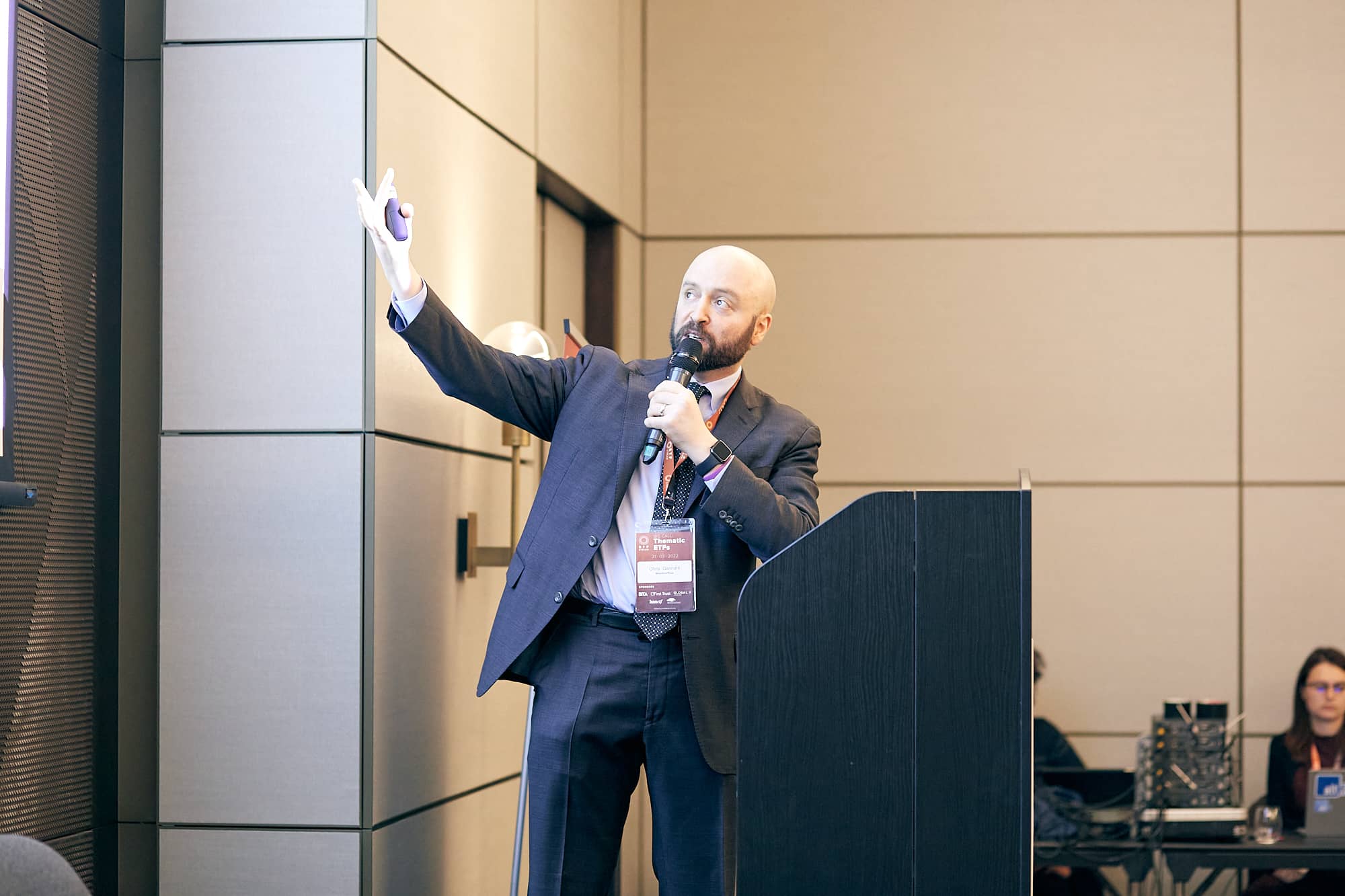
Disrupting real estate
Adding to Gannatti’s thoughts, Gregg Guerin, senior product specialist at First Trust, highlighted how future real estate is displacing traditional segments such as shopping centres.
In fact, data centres went from making up 0% to 9% of the FTSE EPRA NAREIT index since Amazon’s launched its AWS service in 2006.
Guerin added using thematic REIT products could present an effective hedge against inflation and interest rate hikes.
Real estate sector dividends have doubled the rate of inflation over the past 25 years while REITS booked average annualised returns of 9% over the past two decades.
Additionally, US REITs have boasted positive returns during five out of seven of the Federal Reserve’s rate hiking cycles since 2000, outperforming US equities comfortably during these periods.
What next for thematic ETFs?
While crystal ball-gazing is often discouraged in investing, a small amount can be excused in thematics as Tom Bailey, head of content and research at HANetf, identified themes likely to enjoy tailwinds in coming years.
He first looked at the one billion people expected to enter the consumer class over the next decade – many of whom will be in emerging market economies – with McKinsey identifying this as among the biggest trends to watch in markets.
Next, Bailey stressed the importance of regulatory tailwinds in sectors such as sports betting and cannabis in the US. On the former, the Supreme Court struck down a 1992 ruling against the expansion of sports betting and 25 states have legalised sports betting. On the latter, the cannabis market is expected to be worth $126bn within the next five years.
Finally, he highlighted the direction of consumer preferences towards greater sustainability, including healthier and plant-based foods, clean energy, ethical health and beauty, electrified transport and efficient infrastructure and building.
Thematic ETFs and liquidity
Rounding off the day, Sebastien Lemaire, head of ETF research at Société Générale, issued a necessary health warning about investors needing to exercise caution when accessing exciting growth stories.
He said “thematic indices are competing for liquidity” as demonstrated by 46 different clean energy indices being replicated by ETFs in Europe – and the S&P Global Clean Energy index alone being tracked by five separate ETFs.
“Building a good index seeks to optimise the three pillars of purity, risk-return and liquidity,” Lemaire argued.
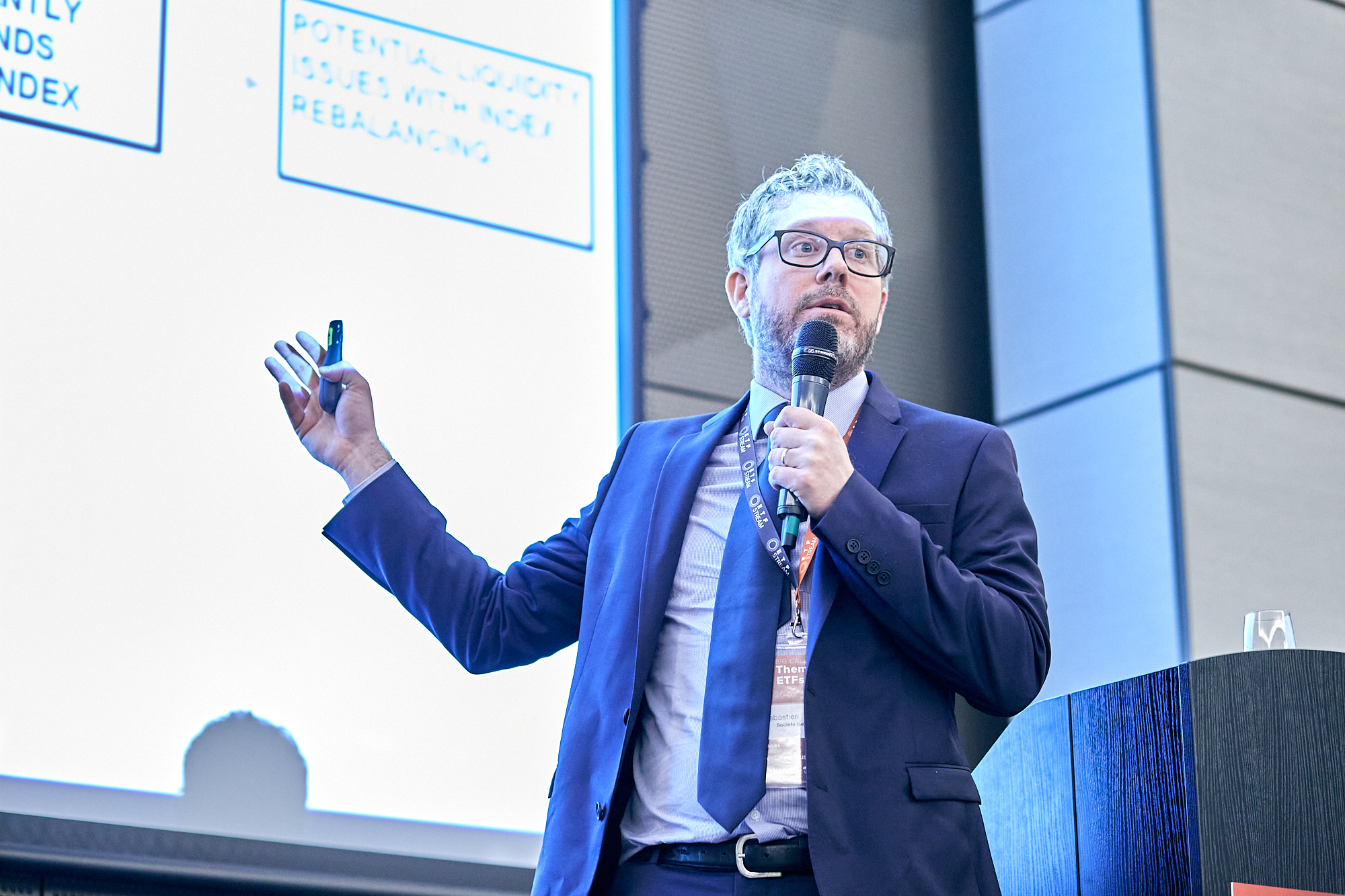
Dangers are encountered in instances such as when issuers use benchmarks that are not market cap-weighted, which tend to overweight smaller-cap securities and create a lower liquidity profile.
Themes with a limited number of pure plays are also at risk of being over-concentrated. To combat this, ETF issuers often implement single stock weighting caps, however, these can mean small caps are allowed to be overweighted, resulting in the overall basket having a lower liquidity profile.
Another issue Lemaire underlined was the risk of an ETF holding small companies and receiving large sums of assets, meaning these smaller-sized holdings end up being materially owned by the ETF. On rebalance day, the ETF may then be forced to offload large sums of stock, an event capitalised upon by hedge funds among others. The drawn-out process of these relatively illiquid holdings being reweighted ultimately comes at a cost to ETF investors.
To watch the on-demand recordings of Big Call: Thematic ETFs, click here.
Related articles
